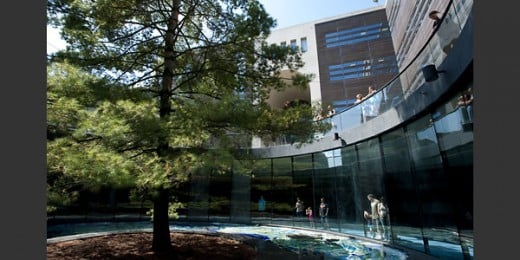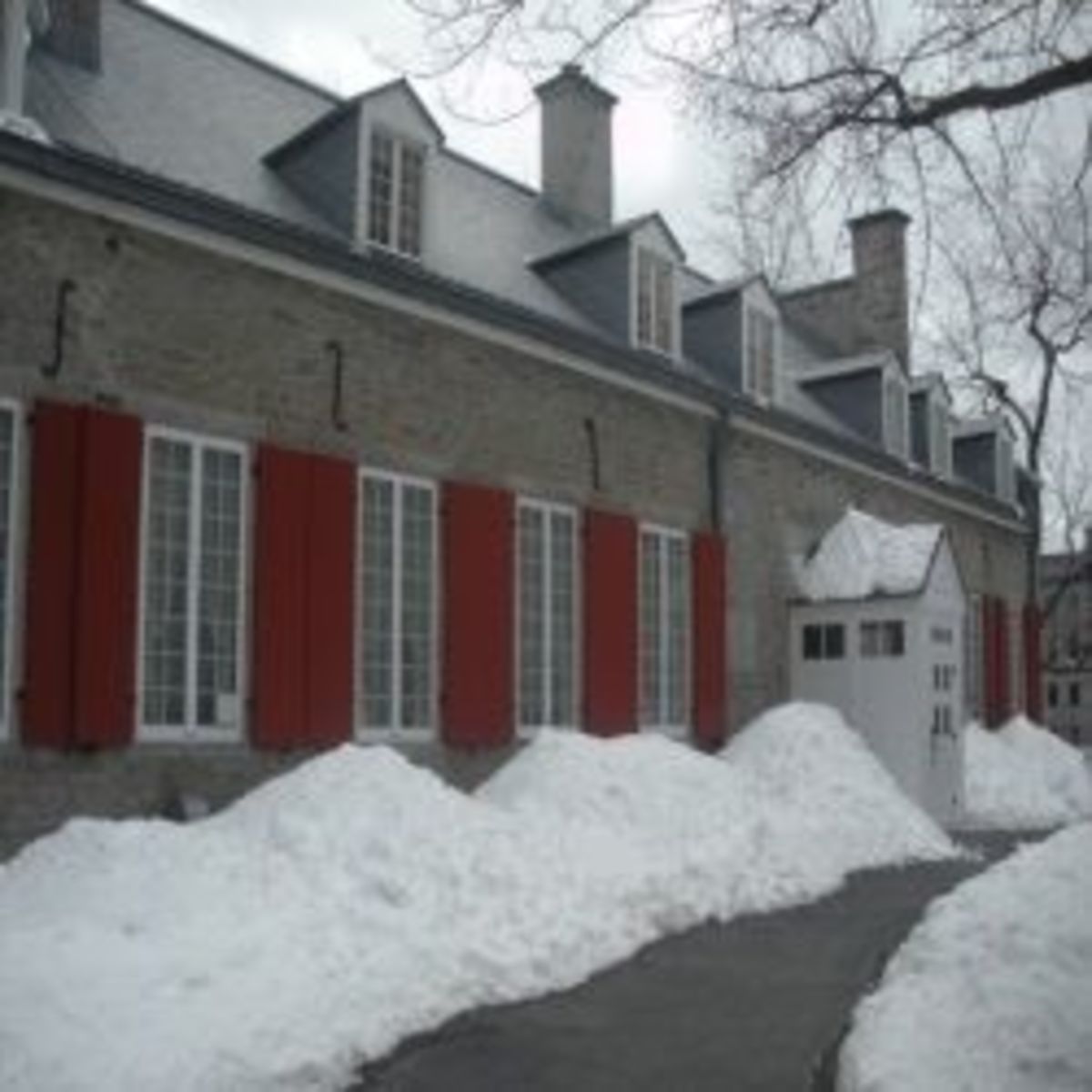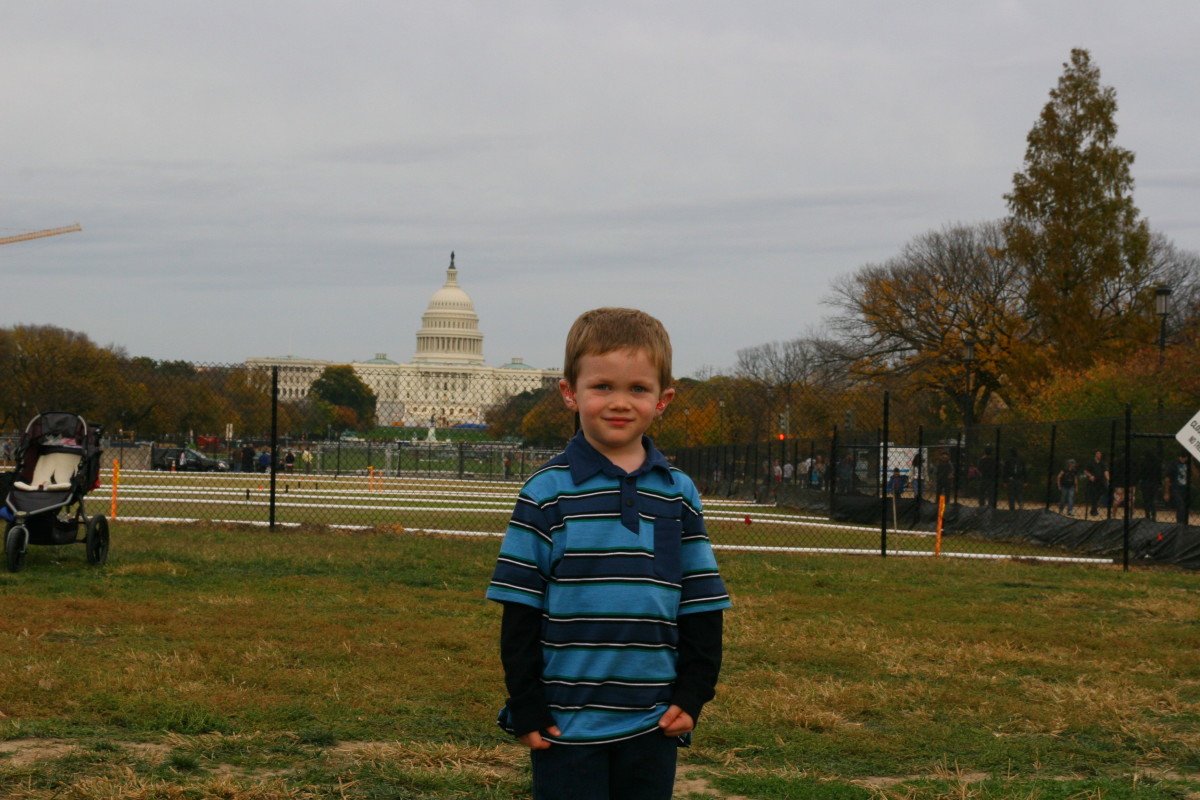The MSU Museum and Michigan History Museum: How Neighboring Institutions Vary in Their Contributions to Museology








How Two Local Museums Educate the General Public
In mid-Michigan, there are two major museums that emphasize general cultural and natural history. One of these is the MSU Museum on the large campus, and the other is the Michigan History Museum in the heart of the downtown government complex. The university museum is more focused on natural history, particularly as it pertains to the state of Michigan. The historical museum has a more narrowly defined agenda, and traces the cultural history of humans here from prehistoric times until the late Twentieth Century. While both museums have in common the goal of education of the general public, they tend to diverge in their styles of presentation and display. The two institutions are the only comprehensive gathering places for this important effort in the entire mid-state area, so they deserve individual coverage.
The MSU Museum
Located in the heart of the large campus, the MSU Museum has been at its present site since 1952. An affiliate of the Smithsonian Institution in Washington, it contains something for just about everyone. Broadly speaking, it is a blend of natural history and cultural evolution. In the dinosaur area, there are assembled skeletons of such Jurassic Period behemoths as Allosaurus and Stegosaurus. There are also impressive specimens of an Arctic musk ox and a giant bear from Alaska. An interesting diorama captures various habitats from around the world, including mountain and desert regions, as well as the animal dwellers that live there. Another diorama recreates living conditions of Michigan's earliest inhabitants, such as the Chippewa and Ottawa groups still found throughout the state today. On a different floor, there are recreations of a British fur trader's cabin from the state's earlier territorial days, as well as a general store that would have been found in the area in the 1800's. A gift store well stocked with books and other souvenirs rounds out the visitor's experience. In all, the impression is one of wedging as much interesting material as possible into the space available, but never to the point of overcrowding. If at times the project seems almost too ambitious, its curators' intentions were the best.
Michigan Historical Museum and the Library of Michigan
Another great complex devoted to cultural history is the Michigan Historical Museum and the Library of Michigan, found in the heart of downtown Lansing, just blocks from the state capitol and diagonally across from the Michigan Hall of Justice, which anchors the west end of the government complex. Filling an entire square city block, the building dates from the mid to late 1980's, and was designed in the Postmodern style. The Library, one of the largest state collections outside the Library of Congress in Washington, features unique collections pertaining to Michigan history, although it also houses collections from outside this area of study and research. Obviously a haven for serious scholars, it boasts of being a Depository library, which means that it gets first crack at all Federal documents coming out of Washington. This is an honor shared by not too many large American academic or public collections. Unfortunately, there have been budget cutbacks in recent years, and this has reduced volume levels on the shelves. One approaches the complex from the south, and first encounters a Polaris Ring sculpture popularly referred to by the locals as "Stonehenge." The History Museum begins with Prehistoric Man, dating from approximately 8000 B.C. The presence of the French and British are noted with a fort from circa 1760. Next, a territorial capitol is encountered from Michigan's days pre-dating statehood in 1837. Then, one is ushered into Michigan's era as a great natural resources state, from 1800 to roughly 1890. Stunning displays from this time include giant wagon wheels used to haul logs out of the thick forests that once blanketed the state and authentic iron and copper mines complete with ore cars from the state's once prodigious mining era, since replaced by auto making. Upstairs, the adventure continues with the Second World War and its economic impact on the state, a 1950's dream kitchen, the day Kennedy was shot and finally concludes with the arrival of Michigan's own Gerald R. Ford as the nation's thirty-eighth president following the Watergate meltdown circa 1974-75. The experience is always fluid and fascinating as one travels this timeline.
How They Relate to Museology
Both of these fine institutions contribute to the advance of the science of museology. The MSU Museum assembles a vast array of items of interest, but with no real organized plan. The Historical Museum, by contrast, traces Michigan history along a continuum thread from prehistoric times to the century just behind us. It therefore seems to be the more rationally organized of the two, but this is of course open to subjective interpretation. It was Henry Ford who observed "the further you look back the further you can look ahead" and "education is the greatest driving force in civilization." He built the Henry Ford Museum and Greenfield Village in Dearborn near Detroit for just this purpose, complete with a full-scale replica of Philadelphia's Independence Hall! All museums share this in common, whether exhibiting dinosaur fossils, old master paintings, vintage automobiles or scientific instruments. These two mid-Michigan museums are the local contributions to this spirit and philosophy.








